
How To Protect Plants From Frost Damage
Published: 11/11/2022 | Updated: 05/04/2023
Summer has come to an end and the weather is getting colder, the leaves are turning a beautiful bright orange and are beginning to fall, and you can finally pull out your favorite cozy sweater from the closet.


Thanksgiving decorations will pop up everywhere and pumpkin spice season will be upon us! Protecting your plants from the cold weather is crucial to maintaining their survival and growth throughout the fall and winter seasons. As the temperatures dip, we can start to expect frost which can be very detrimental to the health of our plants.
There’s nothing more heartbreaking than watching your beautiful blossoming plants wither away and succumb to the freezing temperatures which are why our experts at ShrubHub have come up with the top tips and tricks you need to ensure that your beautiful garden is protected during the harsh, cold temperatures.
Sweater weather comes with many joyful celebrations, but it always comes at a cost to your beautiful vibrant, and lush gardens. This is why it's crucial to protect tender plants from frost.
Frost occurs when the temperature drops to below 32°F and frost dates usually last anywhere between the start of the fall season to the early spring, depending on where you are located.
Spring frost is not uncommon to come across, especially in the colder states where you can expect your frost dates to last a little longer. You may even be susceptible to late spring frosts!
Cover Your Plants For Frost Protection
The easiest method to prevent frost from damaging plants that are planted in the ground is by covering them using horticultural fleece, bed sheets, tarp, or bubble wrap. If you are expecting a light freeze, this method is great to protect plants from frost and you can easily find these materials at your local hardware store, in your home, or even on Amazon.
All you need to do is surround your plants with large stakes to create a tent-like structure, then drape the cover over your plants and keep the structure in place by weighing down the corners with heavy stones or bricks to ensure it doesn’t budge. This method works with most plants as it can cover plants over a wider surface area.
It’s important to make sure the plastic coverings you use to cover plants do not touch your plant’s foliage directly as the plastic could be damaging to the health of your plants. Plastic that touches plant tissues can cause a build-up of moisture which can cause more serious frost damage.
Always remember to check the weather forecast to ensure you remove your horticultural fleece or sheets from over your plants the morning after a cold snap to ensure condensation doesn't build up and damage them.
Another way to protect plants from frost is by covering them with a cloche, which is a bell-shaped plant cover made from glass or plastic that keeps small, budding plants warm in the winter.
Think of them as mini glasshouses. They can also be made from recycled materials such as large recycled plastic water bottles, milk jugs, or even buckets. Cloches are very easy to cover and uncover once the sun starts to shine so you can still give your plants a little bit of needed sunshine during the winter.
This method is perfect for small frost-sensitive plants such as tropical plants, cacti, and succulents that usually prefer hotter climates, and young seedlings that are freshly budding that may be susceptible to frost damage. You can also use this method for smaller individual plants that need protection from light frost.
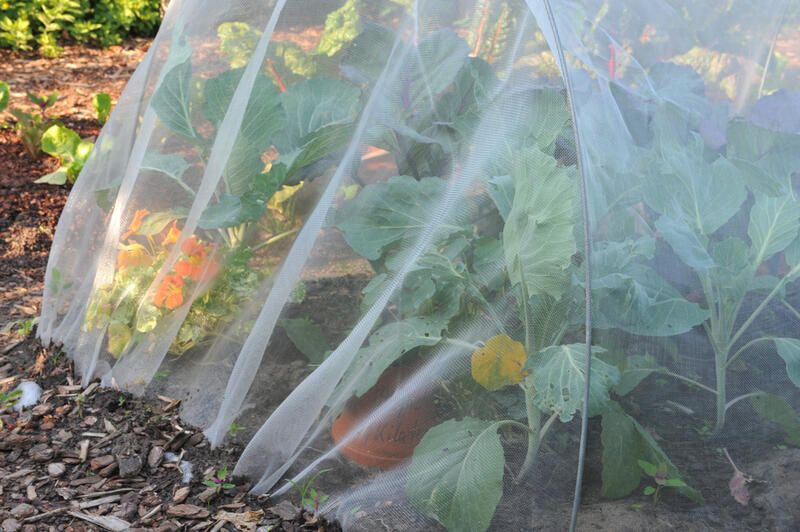
Protect Frost Sensitive Plants By Wrapping Or Securing Them
Horticultural fleece has many uses, one of which is covering the trunks of your younger trees to protect them from frost. Younger trees are more susceptible to frost damage during the harsh winters especially if they are between the ages of 1-4 years old as their plant cells are still in their early developmental stages.
Exposure to colder temperatures may significantly stunt their growth or even kill them, so wrapping their trunks with horticultural fleece, towels, blankets or even pipe insulation is crucial to their protection. Wrapping young plants ensure that they are provided with sufficient heat to protect them from cold air.
Remember to take off the wrapping on more sunny winter days to expose the young trees to sunlight and sufficient air circulation.
Another great way to protect your sensitive trees from harsh winds is by propping them up with a stake to ensure that they are stabilized and won’t be uprooted by the strong winds.
All you need to do is tie them against the stake and secure them using a strong rope or fabric to ensure stabilization. This method also works best for young seedlings, young trees, or even trees with slimmer and more fragile trunks.
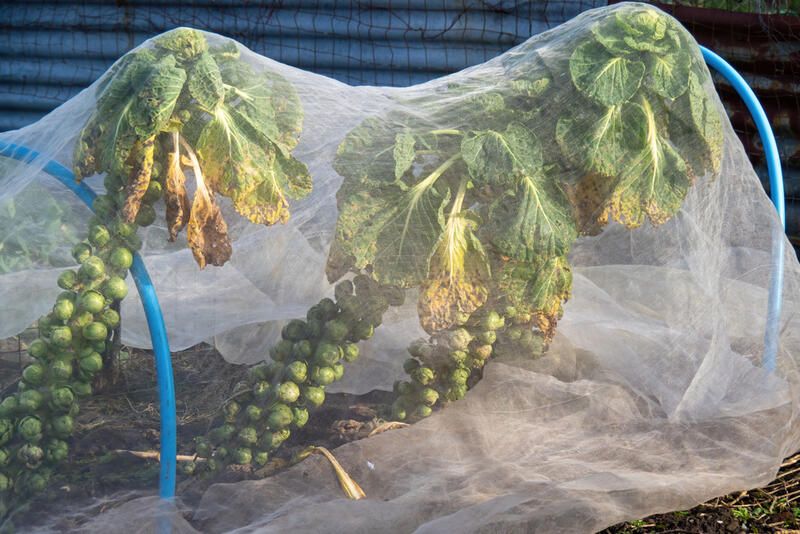
Move Potted Plants Indoors To Protect Them From Hard Frost
The easiest way to protect your plants from the hard frost is to place any potted ones that may be used as décor for your patio or yard indoors.
Potted plants are the most susceptible to frost damage as they do not have the same insulating benefits that regular soil-planted plants have, which makes them the most vulnerable plants so moving them indoors is the best way to keep them safe.
If you have a sunroom, you could move them there as soon as the temperatures drop to protect them from unexpected frost and to ensure your potted plants still receive the sun exposure they require to grow, that way, they won't suffer frost damage.
You can also move containers indoors to your garage if they are too large to fit indoors or you do not want to ruin the interior décor of your home.

Protect Your Water Features
During the winter it’s crucial to protect plants from cold weather but it's also as important to take precautions to protect your water features from the freezing temperatures.
Water features can be quite a hefty investment so protecting them from any potential damage during the frosty winters should be a top priority.
The first rule of protecting water features, be it fountains, pools, or even ponds, is to ensure that the pump does not freeze, one way of doing this is by removing the pump entirely and storing it indoors over the winter until the last frost date.
If your water features include any ceramic elements such as a ceramic fountain, it is best to drain them of water completely as the ceramic may crack from freezing.
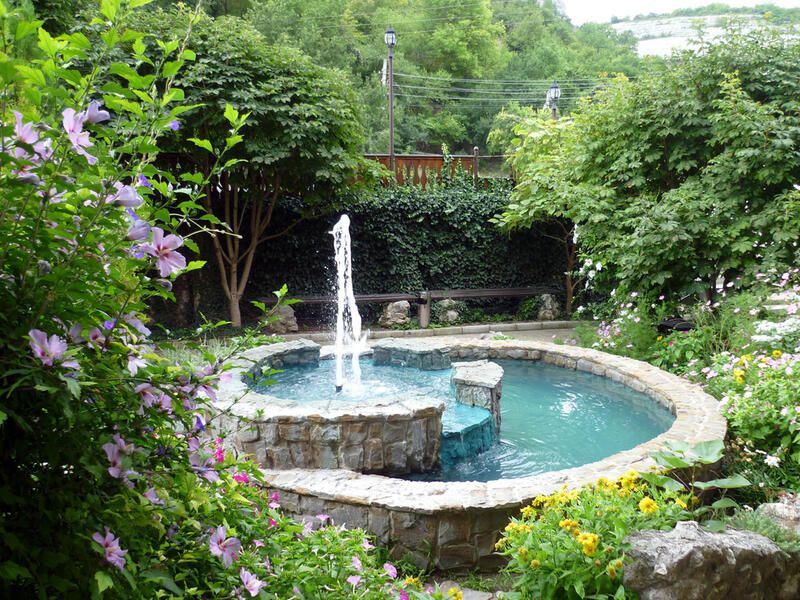
Try Protecting Plants With Mulch
Mulch may not be the first miracle worker that comes to mind when discussing winter gardening as many people believe the purpose of mulch is to keep the soil moist rather than help your soil retain heat.
Mulch acts like a thick warm blanket that can retain heat in your soil and protect your plants from cold temperatures.
A common problem homeowners encounter during the winter is the uplifting of soil due to constant freeze-thaw cycles caused by frost pockets. This can uproot plants with shallow roots and push them out of the soil exposing their roots to frost and critically damaging them.
Using a thick layer of mulch protects your plants as it keeps soil temperatures constant and maintains insulation, it also keeps your soil moist which also helps your soil retain heat.
Moist soil allows heat to travel to the soil surface which warms the area around your plants and protects plants from frost.
You can use layers of tree bark, leaf mold, wood chips, or even pine nuts as organic mulch for your winter garden. Just water down your yard and apply between 3-6 inches of mulch to keep it protected throughout the cold winter until the temperatures rise and the organic mulch begins to decompose making your soil more fertile.
There are other types of mulch with various uses for your yard, if you want more information on how mulch can be greatly beneficial to your yard, just visit ShrubHub!
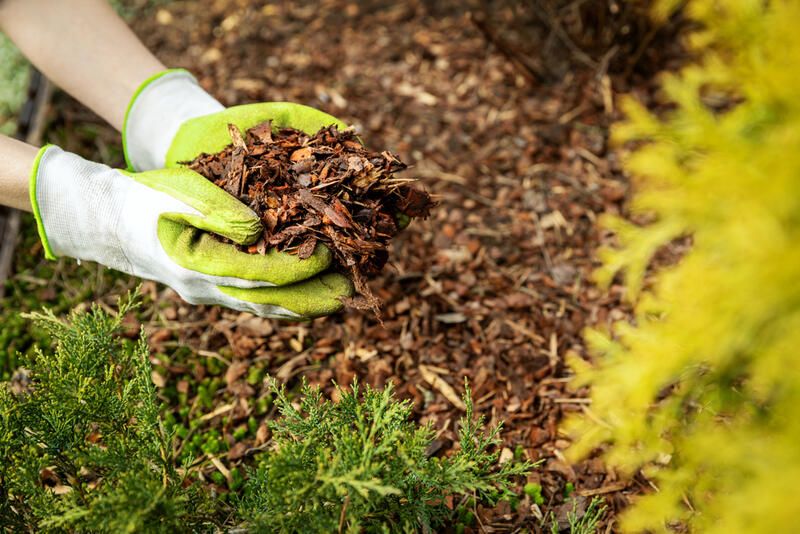
Bonus – Build A Greenhouse Or Conservatory To Avoid Light Frost
Building a greenhouse or conservatory does not necessarily have to be a lengthy and costly process. Greenhouses provide a variety of benefits to those of us living in colder states who deal with prolonged frosty winters.
A greenhouse will allow you to protect plants from frost, snow, and extreme cold during the winter and will provide you with a beautiful haven within your backyard for you to tend to and care for your plants during even the coldest winters.
You may be picturing a greenhouse as an extremely large glass structure that could be time-consuming and costly to build, and whilst this may be an option for those of you with bigger budgets to spare, there are many cheaper DIY alternatives to a classic greenhouse.
Greenhouses are perfect for protecting tender perennials or tender annuals, they can also be used for other plants like leafy greens, vegetable crops, and even ornamental plants like geraniums or petunias.
You can build a mini greenhouse, use upcycled materials to build a medium-sized greenhouse, or even build a portable greenhouse that can be taken down during the summer which you can easily find on Amazon!
If you do not have the time or money to invest in a greenhouse you can opt for building a cold frame around smaller plants or vegetable crops. Cold frames are bottomless boxes with transparent roofs that can help your plants withstand temperatures and protect plants from frost and strong winds.
You can build a cold frame very easily using wooden planks and a glass or clear plastic roof, you can even repurpose old windows for this method. Cold frames are also great for protecting root vegetables such as radishes, potatoes, and turnips.
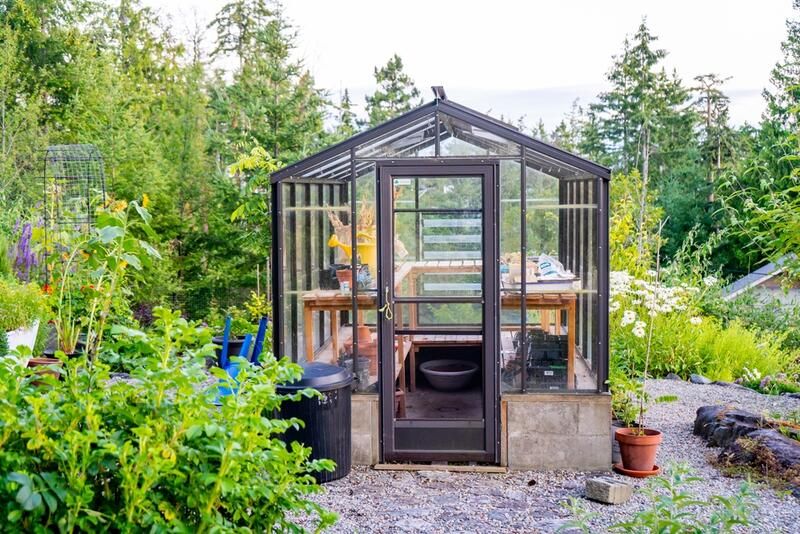
How Else Can I Protect My Frost Tender Plants?
As the fall season is finally here and the temperatures are dropping as fast as our leaves as falling, it is becoming more urgent to start planning for protecting your gardens against the cold. For more top tips from our experts on how to protect your yard from the cold, just visit ShrubHub!
For just under $300 we can help you design a beautiful and sustainable yard tough enough to withstand even the coldest winters! Hurry up before the frost sets in!


